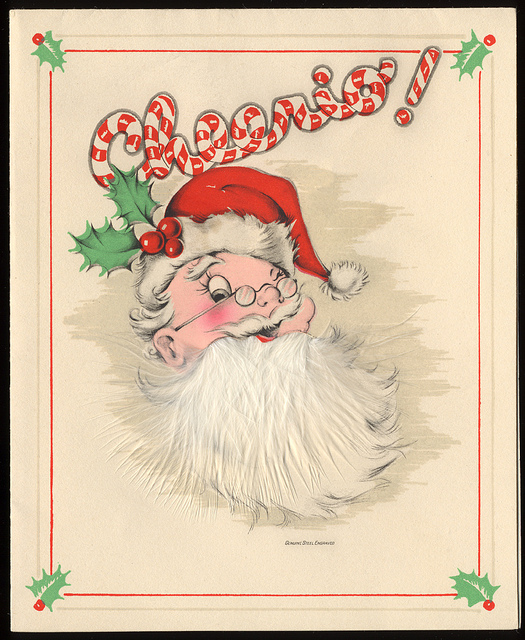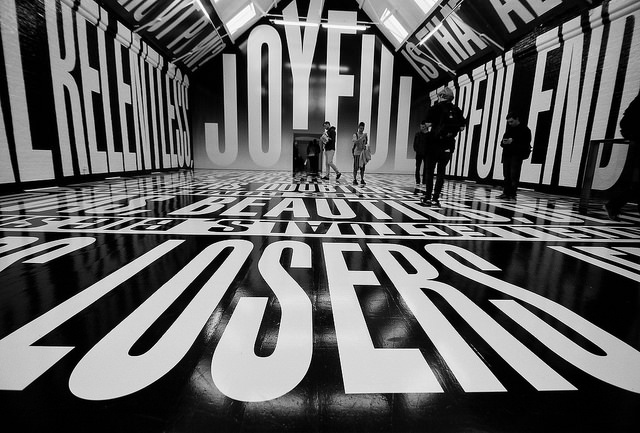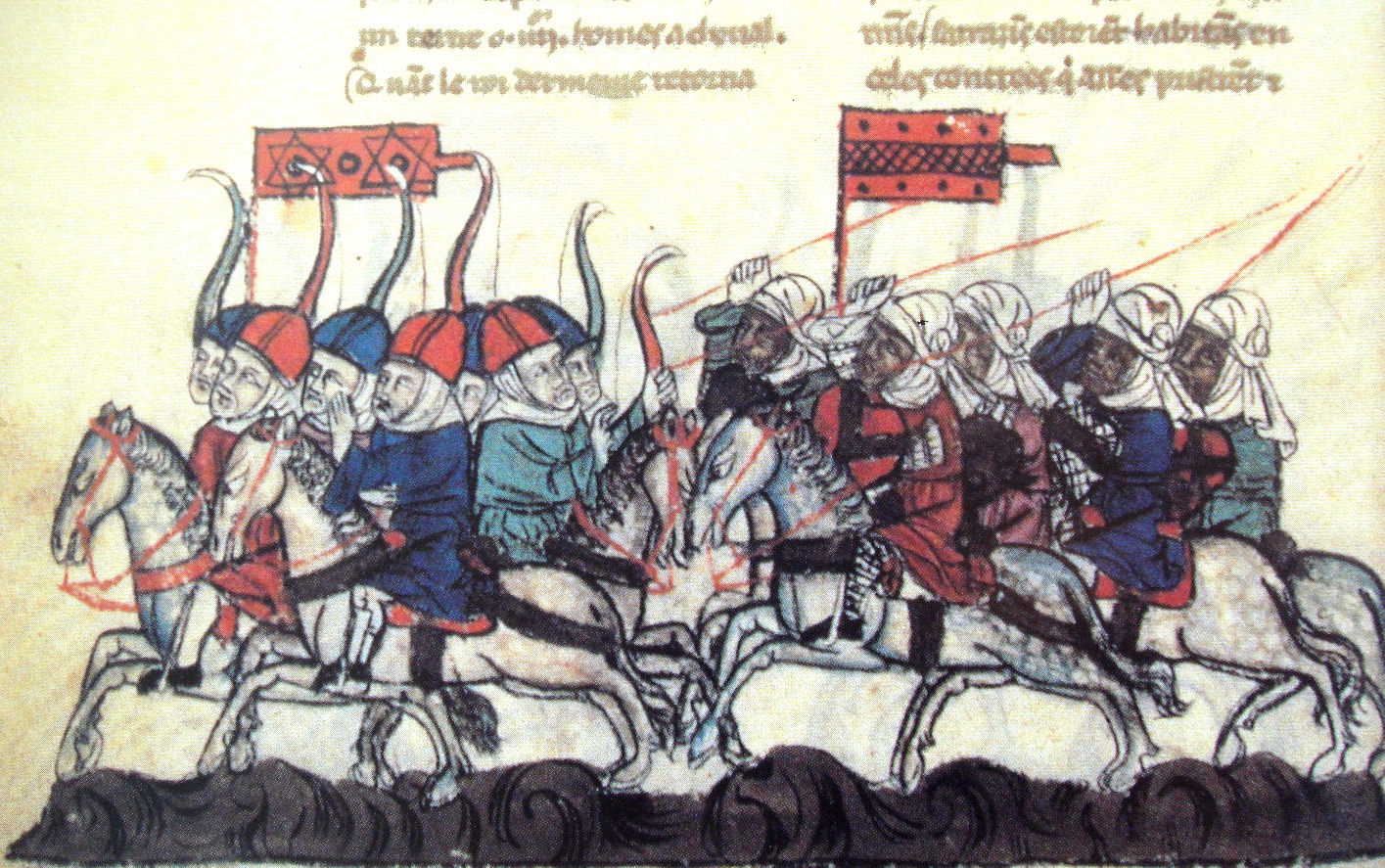By Sarah Bakhtiari
The year’s end is near, which means top-ten lists and greatest hits of 2015 have begun to populate the blogosphere, mixed in with a smattering of holiday (or Star Wars) tropes. Amongst them, check out Freedom House’s The Year in Human Rights: Best and Worst of 2015, Politico’s Best Photos of 2015, Kings of War Terrorism and Santa Redux, The Atlantic’s Christmas’ War on America, New Yorker’s The Six Most Interesting Psychology Papers of 2015, and the New York Times’ The Year in Pictures. Was this the year of the great unraveling?
In 2015, making research policy relevant–or “bridging the gap”—has continued to occupy a central place in political science. That’s one reason International Studies Quarterly Online is hosting a symposium that seeks to develop the conceptual vocabulary needed for “practice theory,” which seeks to dissolve the divide between theory and practice.
The study of leadership is back in political science, it seems. Steven Miller argues that strong leadership—like that of Putin and Trump—appeals to citizens that fear external threats to national security or economic viability. Max Abrahms and Philip Potter suggest that militant groups suffering from leadership deficits are more likely to attack civilians.
There’s been a lot of recent debate about U.S. military roles and missions reform, but how would we characterize those missions in the first place? Here’s a surprising graphic showing that the top military activities over the past 35 years or so have been non-combatant evacuation operations, humanitarian assistance disaster relief, and ballistic missile defense. So who should the U.S. military recruit to support the full spectrum of mission requirements? The answer might surprise you.
Finally, when you’re breaking open that bottle of bubbly to ring in the new year, consider this post about the Champagne fairs in medieval Europe, which asserts the importance of public institutions.






